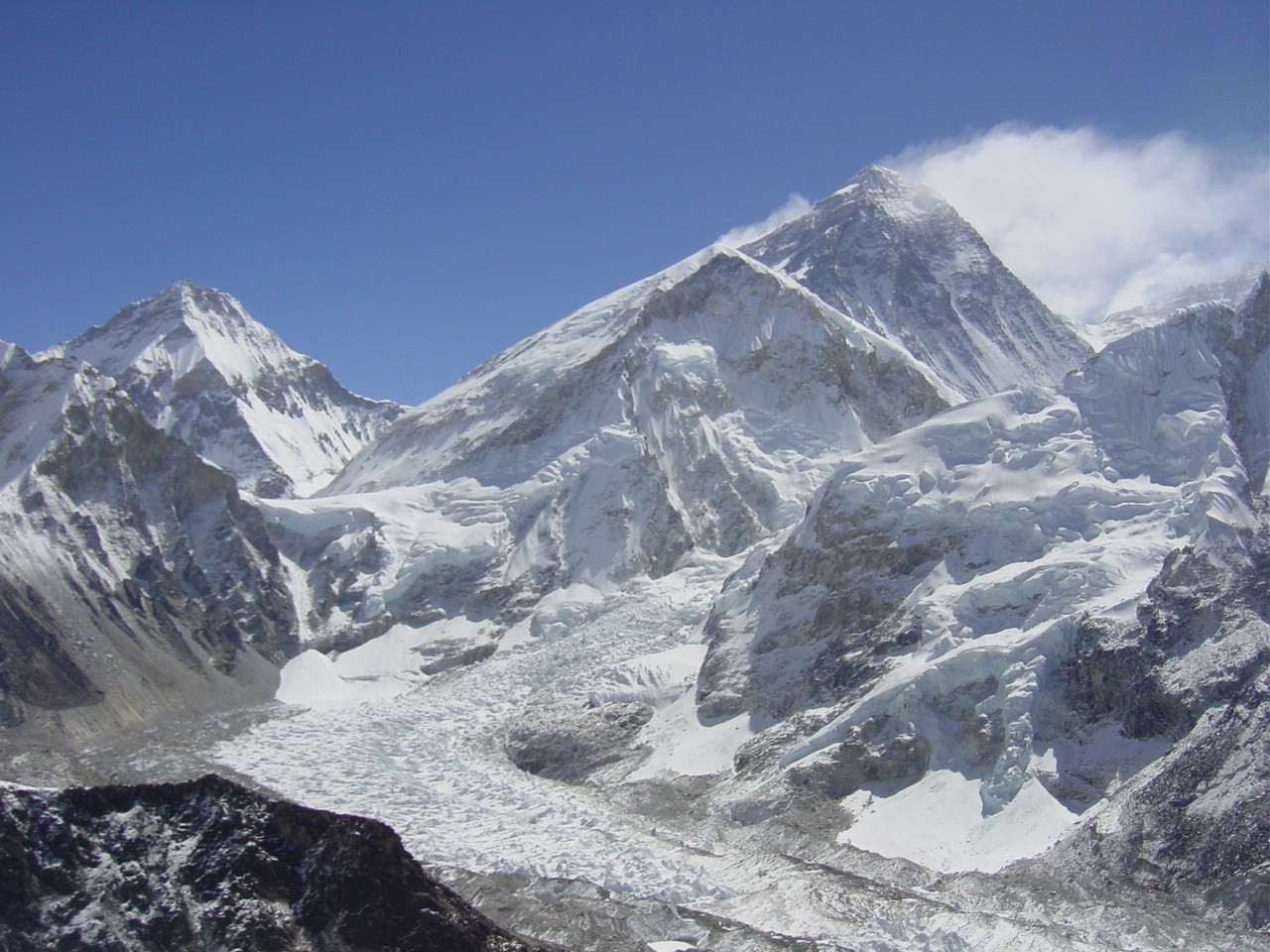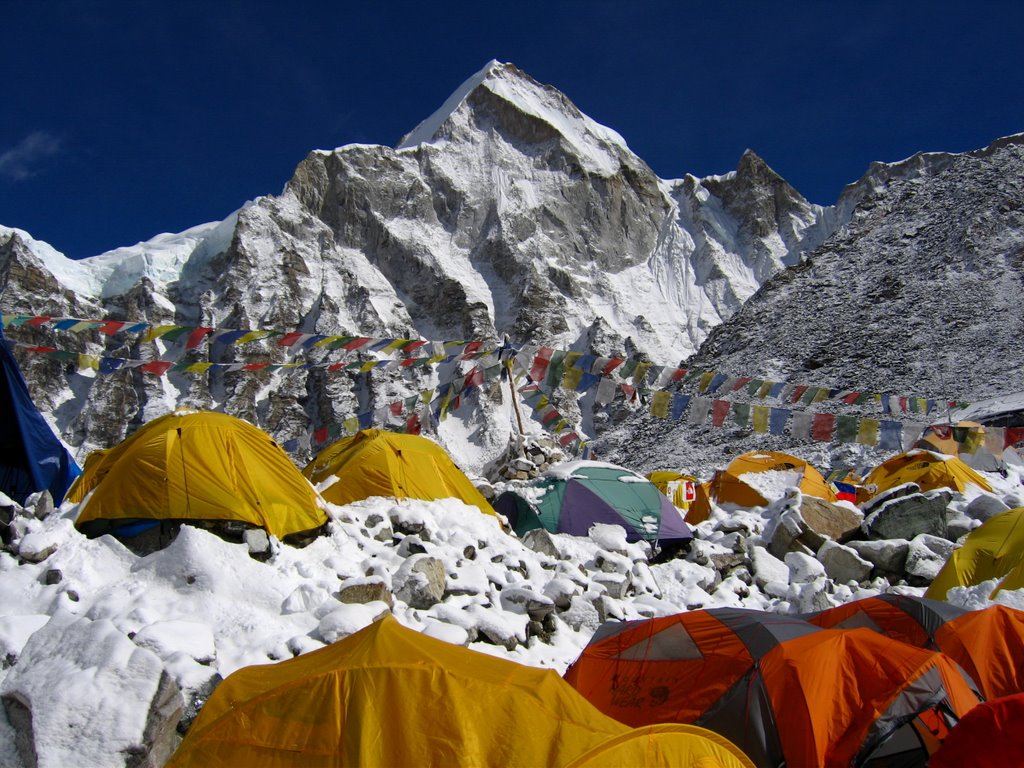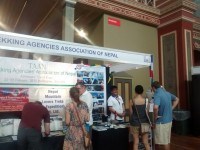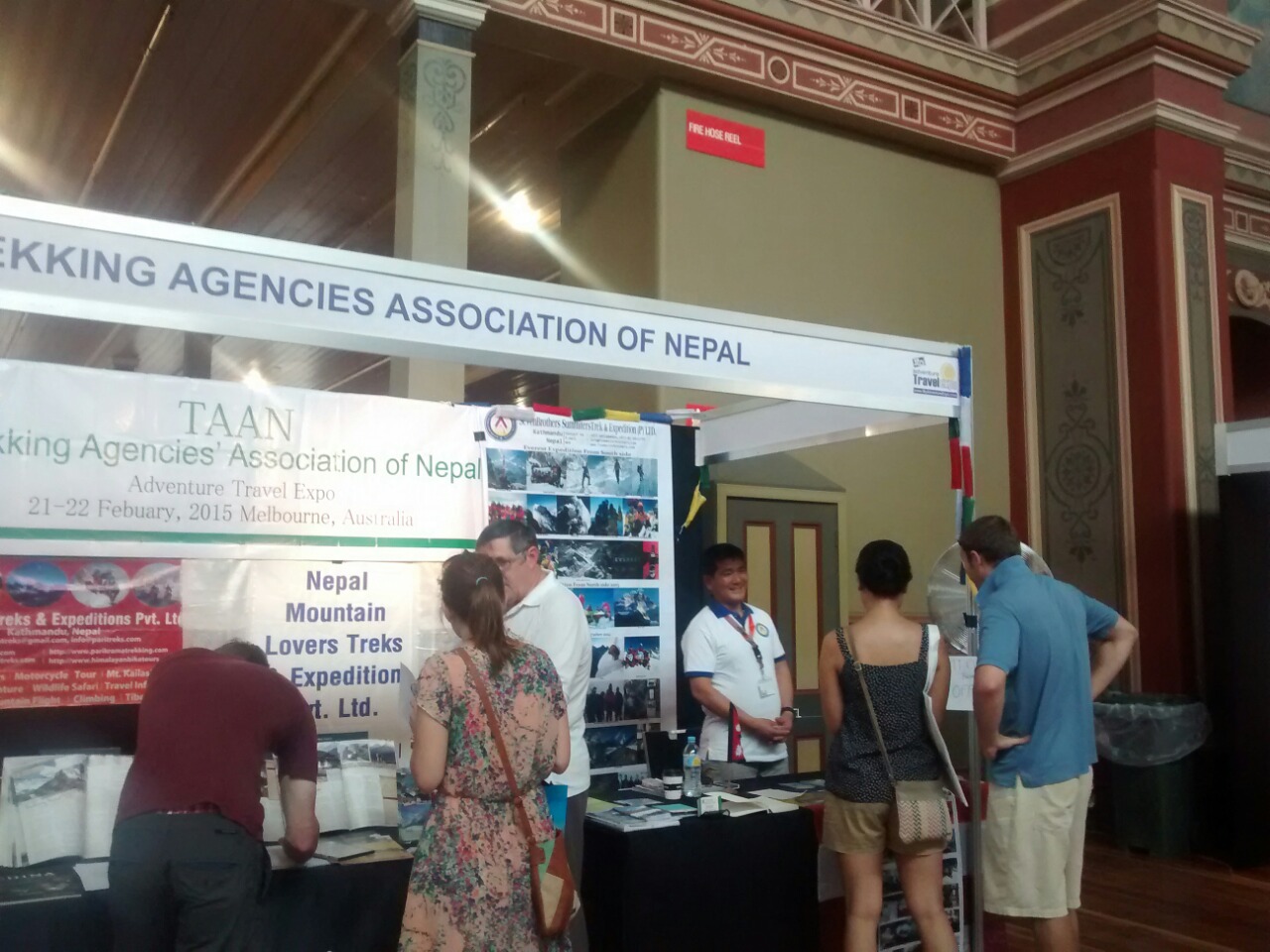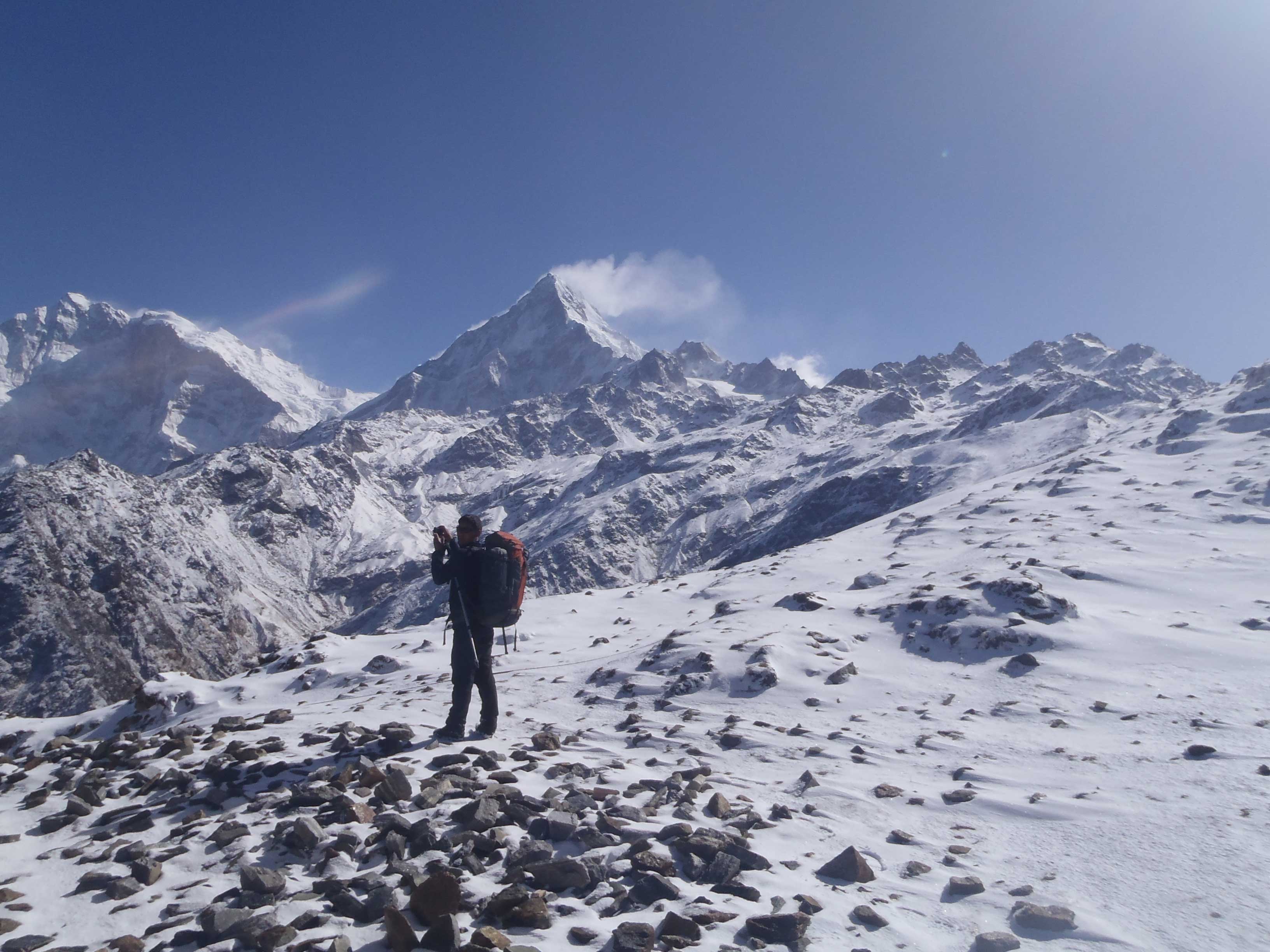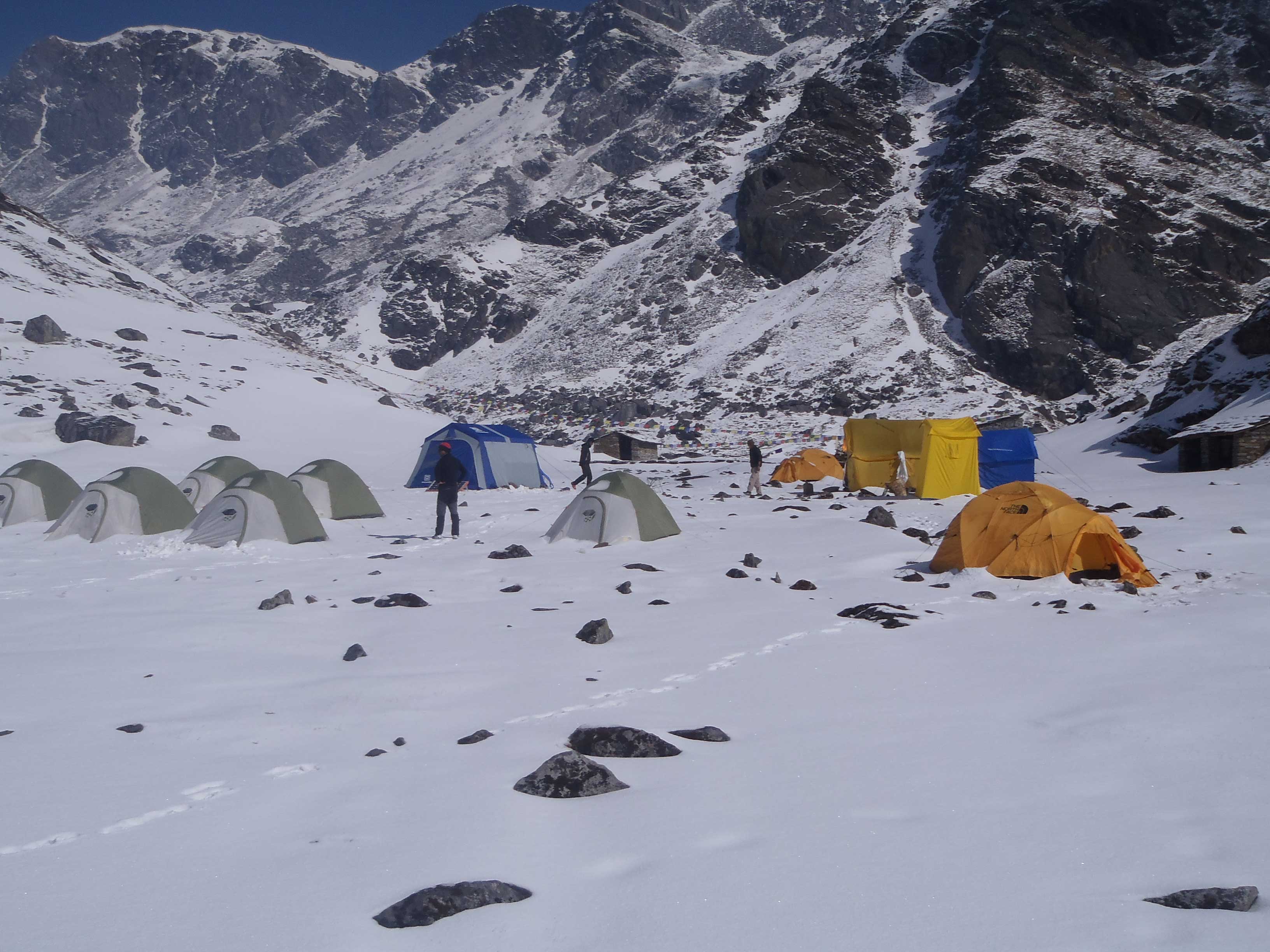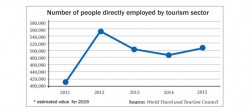
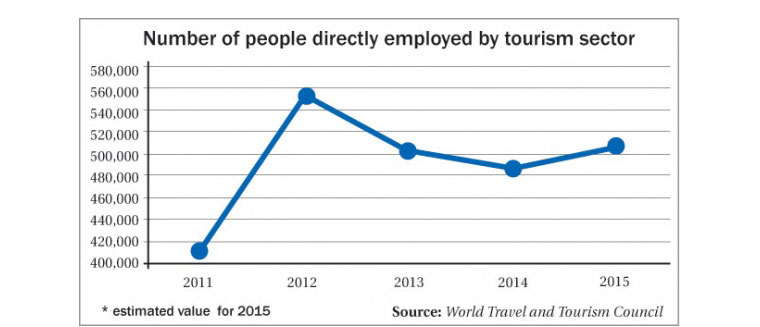
Nepal’s tourism sector is providing 3.5 percent of the total employment in the country, directly providing 487,000 jobs in 2014, according to a research report published by World Travel and Tourism Council (WTTC) and research partner Oxford Economics.The report, however, shows that direct job from travel trade sector is decreasing. In 2012, tourism sector had employed 553,500 people. It went down to 504,000 in 2013. However, WTTC expects that number of jobs to increase by 4 percent to 507,000 in 2015.
The report has included jobs provided by hotels and restaurants, travel agents, airlines, passenger transportation services and leisure industries.
Bhola Bickram Thapa, managing director of President Group of Companies, said that employment from tourism sector declines with the drop in tourist arrivals. “People working the tourism sector are attracted toward overseas jobs. This has also resulted to decline in number of jobs in the tourism sector,” said Thapa.
Nepal is ranked 33rd among 184 countries in terms of absolute employment creation.
It is estimated that more than 800,000 tourists visited Nepal in 2014 and the country mobilized *Rs 53.7 billion in revenue from the tourism sector. The revenue is estimated to grow by 1.1 percent to Rs 54.3 billion in 2015. Number of tourists is also expected to climb to 997,000 this year.
According to the report, the tourism industry attracted investments worth Rs 15.7 billion in 2014. It expects investment to increase by 12 percent in 2015. The sector contributed Rs 171.6 billion, or 8.9 percent, to Gross Domestic Product in 2014. The report expect tourism sector’s contribution to GDP to grow by 5.8 percent to Rs 181.6 billion, or 9 percent, in 2015.
Nepal is ranked 122nd in terms of total contribution to Gross Domestic Product (GDP).
Likewise, direct contribution of tourism to GDP, mainly from jobs in 2014 was, Rs 83.7 billion, or 4.3 percent of GDP. The report forecast this to rise by 5.4 percent to Rs 88.2 billion this year.
Leisure travel spending, both inbound and domestic, generated Rs 111.9 billion, which is 85.5 percent of travel and tourism GDP, compared to Rs 19.1 billion, which is 14.5 percent of total GDP from business travels.
The report has forecast leisure travel spending to grow by 4.7 percent in 2015 to Rs 117.1 billion and business travel spending to grow by 10 percent to Rs 21 billion.
According to the report, domestic travel spending generated 59 percent of direct travel and tourism GDP in 2014 compared to 41 percent of GDP by the international tourists. Domestic travel spending which was Rs 77.3 billion in 2014 is expected to grow by 8.5 percent in 2015 to Rs 83.8 billion this year.
Source: MyRepublica





